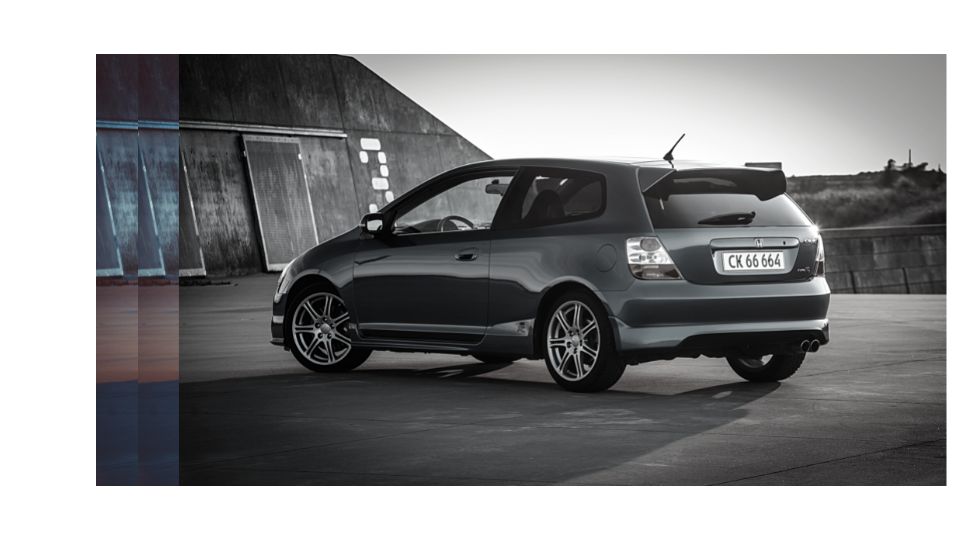A front wheel drive car has many benefits, but it also has some drawbacks. In this blog post, we will explore the pros and cons of front-wheel drive cars.
What is a Front Wheel Drive Car?
Front-wheel drive (FWD) is a form of propulsion system for automobiles and other vehicles, where the engine drives the front wheels only. The front-wheel-drive layout (FF) layout is an important component of a modern transverse engine, or “front mid-engine” design.
It places both the internal combustion engine and its gearbox in a transverse, or front-back configuration, to allow a low hood/bonnet line over the front wheels as well as better balance for sports cars.
Historically, many FWD layouts have been used, but most have been supplanted by rear-wheel drive designs. These include:
Front-engine, front-wheel drive (FWD). This layout is chosen for economy and fuel efficiency reasons. In this layout there are no losses due to friction in the transmission so it is more economical than a rear wheel drive alternative.
It also allows for more weight to be placed in the rear of the car which improves traction and handling at high speeds because of increased torque on the rear tires from the engine’s power output into the rear wheels rather than through them via the transmission.
However, this layout makes it difficult to achieve ideal weight distribution between front and rear axles which can affect handling characteristics during corning and less fun compared to RWD and AWD counterparts.
Front Wheel Drive Pros
Front wheel drive cars are becoming more and more popular each year. There are many advantages to owning a front wheel drive car, but there are also some disadvantages.
Better interior space (no drive shaft required):
In a rear-wheel drive car, the transmission is located behind the engine. This means that it requires a drive shaft to connect the two and get the power from the engine to the wheels.
A front-wheel drive car has no need for this extra component, which opens up more space inside of your vehicle. It also means that you will not have to worry about getting grease stains on your clothes when you sit down because there is no longer grease dripping on your seat
Cheaper to purchase:
Because there is no need for an extra component in front wheel drive vehicles, they are usually less expensive than their rear wheel counterparts.
This makes them appealing for those on a budget or those who do not want to spend as much money on their new ride as possible.
Fuel efficient
One benefit of front-wheel drive is that it’s more fuel efficient than rear-wheel drive. That’s because you don’t have to use energy to move the weight of the engine back and forth between the front wheels; it stays in one place. Front wheels can be smaller, too, which saves even more fuel.
Lighter weight
Front-wheel drive cars tend to weigh less than their rear-drive counterparts because there’s no heavy transmission or differential between the front wheels and engine (which are connected by driveshafts).
This means that front-wheel drive cars are easier to maneuver through tight spaces like parking lots, which translates into better handling around corners and on winding roads too!
More Agile
Because they’re lighter weight and easier to maneuver than rear-wheel drive vehicles, front-wheel drives also tend to be more agile than their rear counterparts when it comes to cornering at high speeds (like on a race track). They don’t need as much power from their engines when going around corners.
Front Wheel Drive Cons
Less Fun
Front wheel drive cars tend to be more stable and easier to control than rear-wheel drive cars because they’re heavier at the front of the car and have better weight distribution. But because they don’t have as much power going through the rear wheels, they can feel less engaging and fun to drive than rear-wheel drive vehicles
serviceability issue:
Front engine cars with independent suspension are generally harder to work on than rear engine vehicles with live axles because they have more components that need servicing and it’s difficult to get at some parts without removing other ones first.
This can mean higher labor costs when performing maintenance on your FWD vehicle compared to RWD vehicles since everything needs to come apart in order for you to access certain parts of your car’s engine bay or suspension system.
More Fragile
Front-wheel drive cars are more fragile than rear-wheel drives because their engines are mounted over the front axle rather than under the car like a traditional rear-wheel drive vehicle’s engine.
This means that if something hits your FWD car from behind, it can damage both the engine and transmission — two key components of the car’s powertrain system
Lower Towing Capacity
Front-wheel drives generally have lower towing capacities than their rear-wheel counterparts do because of their much weaker suspension systems — an issue that only gets worse if you opt for an all-wheel-drive (AWD) model instead of a 2WD version of your favorite model.
As such, we recommend sticking with RWD vehicles whenever possible if you plan on hauling large objects such as boats or trailers around with your car at any time in the future at all!

Robert Anderson is a world class motorhead who rebuilt his first carb at age 10, his first engine at age 15, and completed his first full hotrod build when he was just 18! Previously, he has ran a part warehouse, delivered pizzas, and managed the service department for a $20 million/year revenue dealership. Robert knows cars like few others and he is passionate about sharing his knowledge.

